Interior Lighting
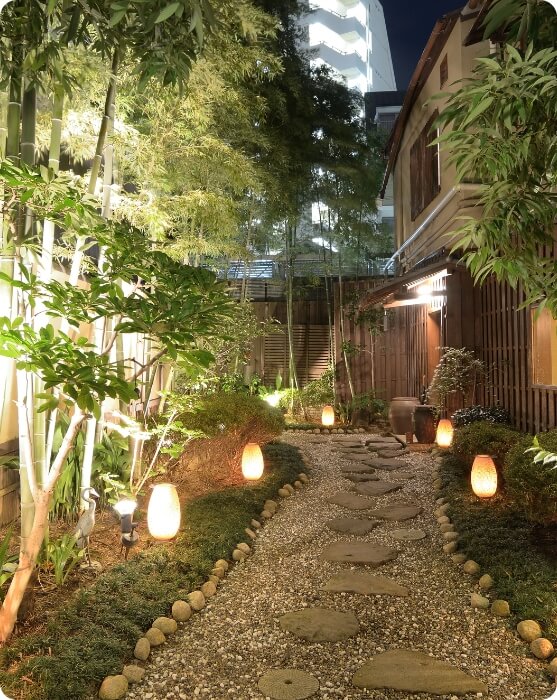
LIGHTING
Imagine living before Thomas Edison invented the lightbulb. When the sun went down at the end of the day, so did the light source. Over 100 years later, electric lighting is an inherent part of our modern lifestyle and every day there are new advancements in lighting technology. Today, the lighting in your home can even be controlled by voice command or by simply pressing a button on your smartphone.
Modern lighting solutions have become must-haves in our homes. From enhancing the beauty of your home’s exterior or interior, to increasing the functional utility of a particular space, a well designed lighting system can add an entirely new dimension to the look and feel of your home.
Whether you are looking to install a new lighting system or simply replacing a few lighting fixtures, we can help.
Benefits of Home Lighting
Have you ever walked into a room and had to shield your eyes because the lighting was too bright? Alternatively, have you ever banged your shin or stubbed your toe in a room that was too dark? Home lighting offers more than just illumination; it brings forth numerous additional advantages.
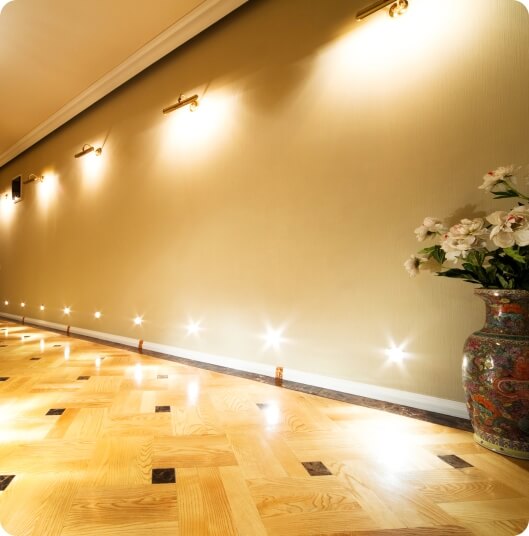
Aesthetics
Home lighting upgrades are some of the best ways to breathe new life into any interior or exterior space. In fact, some modern lighting fixtures are so unique, they can serve as the centerpiece of a space. The possibilities are endless.
Home lighting upgrades are some of the best ways to breathe new life into any interior or exterior space. In fact, some modern lighting fixtures are so unique, they can serve as the centerpiece of a space. The possibilities are endless.
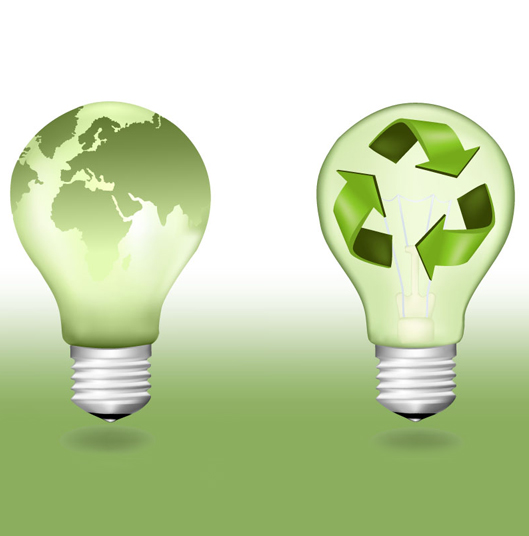
Energy Efficiency
The average homeowner spends 11% of their energy budget on lighting. Using energy efficient lighting fixtures and bulbs can drastically reduce the lighting energy consumption in your home. Smart light bulbs are said to consume 75% less energy and last decades longer than incandescent light bulbs. Some smart bulbs can even be connected to an app that tracks the bulb’s energy consumption.
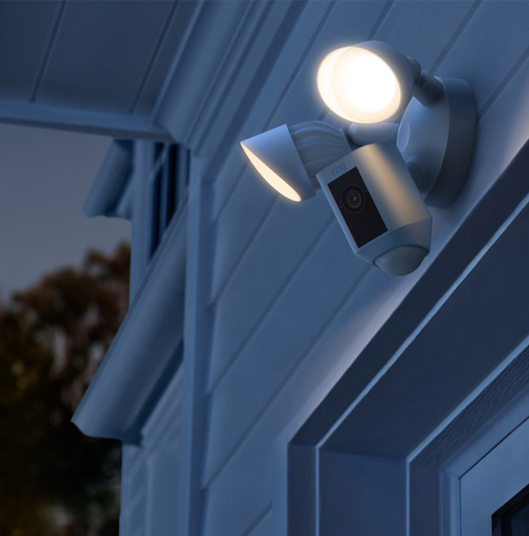
Safety
As people get older and nighttime trips to the bathroom become more frequent or mobility is compromised, proper lighting is an important deterrent of injury. This doesn’t mean that the lighting must be blinding bright. Clever lighting solutions can provide exactly the right amount of illumination and smart lighting can be programmed specific to your needs (such as motion sensors).
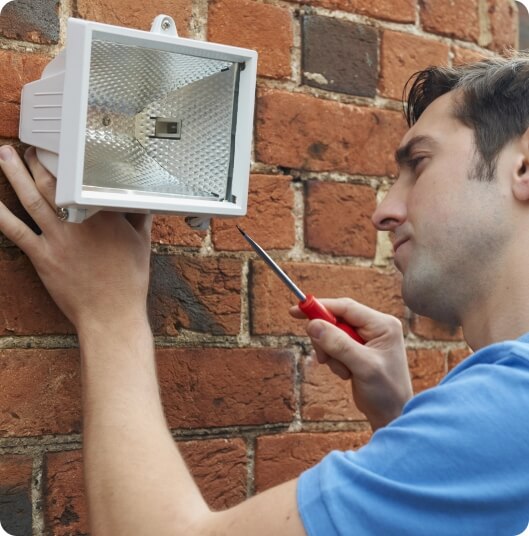
Security
Lighting systems can offer much more than performing their basic functions. The illumination inherently heightens your home’s security as a barrier for intruders. With features such as motion sensors and/or scheduled timing, spotlights can be pointed exactly where you want them. With today’s smart lighting technology, homeowners are even able to receive notifications on their smartphones when the sensors are activated regardless of where they are.
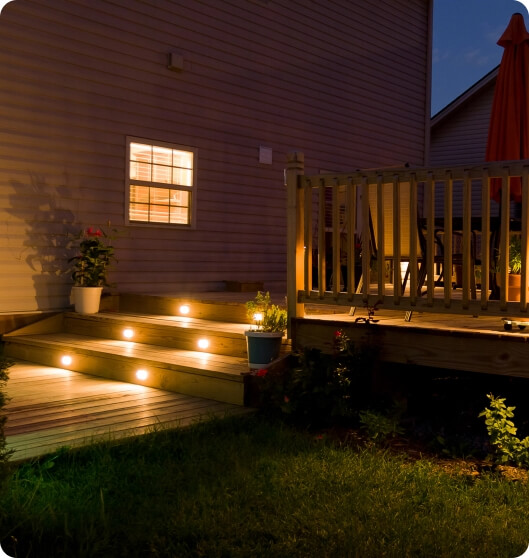
Interior and Exterior Lighting Solutions
Gone are the days that lighting’s sole purpose was to illuminate a room or serve as a way to highlight a specific feature/area. Today’s lighting can be (and often is) the focal point, regardless of where it is located. Because every room in your home serves so many different purposes, it usually requires a variety of different lighting solutions.
The seemingly endless options of fixtures, styles, designs and sizes afford today’s homeowner with the perfect opportunity to express themselves and define spaces. In fact, many lighting manufacturers are creating lighting fixtures that are considered works of art in and of themselves.
- Home’s exterior
- Hardscapes
- Patios
- Driveways
- Landscaping
- Pools
- Porches
- Garages
- Masonry
- Decks
- Walkways/Paths
- Steps
As outdoor living increases in popularity, lighting has become a key element in both function and design. The lighting on the exterior of your home is equally important as the lighting inside your home. Not only can exterior lighting systems provide safety, they can also be used to highlight or accent specific features such as:
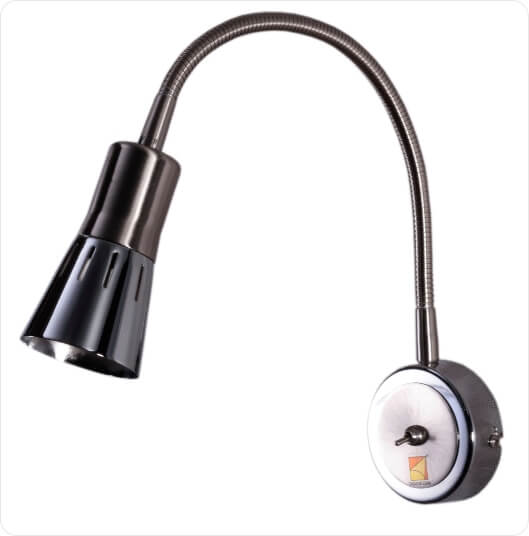
Barn (Gooseneck) Lights
Barn lighting fixtures have a broad appeal because they offer a traditional, yet industrial look with both aesthetics and functionality.
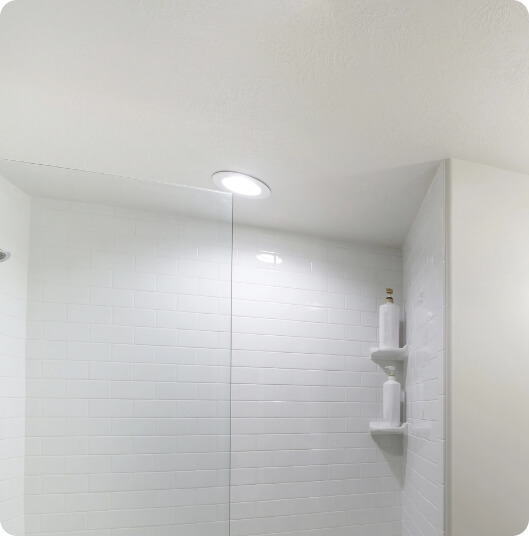
Ceiling Lights
For the most part, ceiling light fixtures act as the primary source of illumination because they are made to cast as much light down from the ceiling as possible. Some homeowners opt to use multiple ceiling lights to penetrate an entire space for even distribution of light.
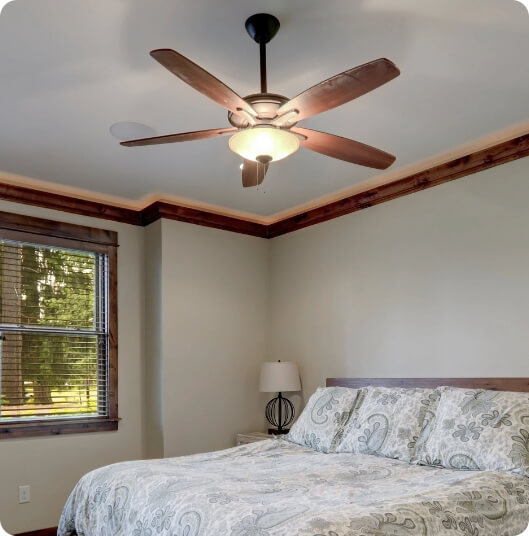
Ceiling Fans
Ceiling fans have evolved, and can offer cooling during warmer months and aiding in air circulation during colder months.
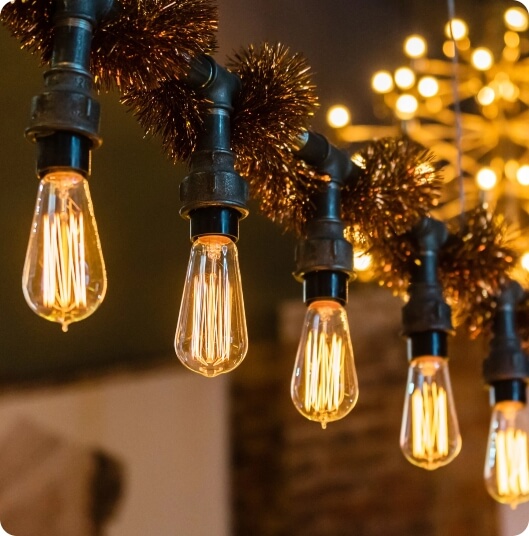
Chandeliers
Chandeliers are suspended from the ceiling by a strong support (such as a chain). Since they are often ornate, chandeliers are commonly found in dining rooms or foyers to add a hint of ambiance and elegance to the home.
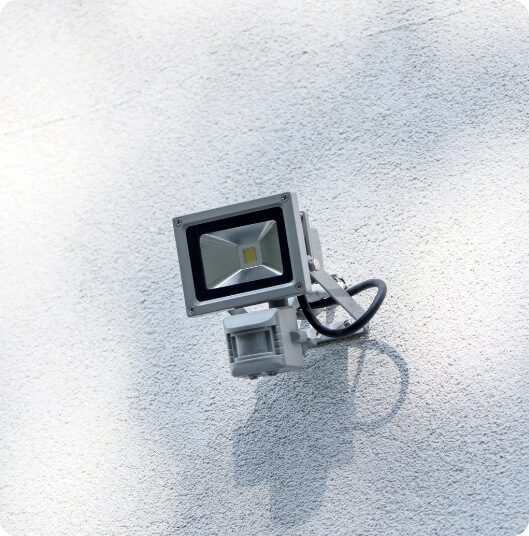
Commercial/Industrial Security Lighting Systems
Commercial security lighting is available in a range of styles and incorporates various sensors that influence the performance of the lights. Generally offered with one, two, or three heads that can be individually positioned, this lighting is designed explicitly to offer optimal protection and illuminate specific areas.
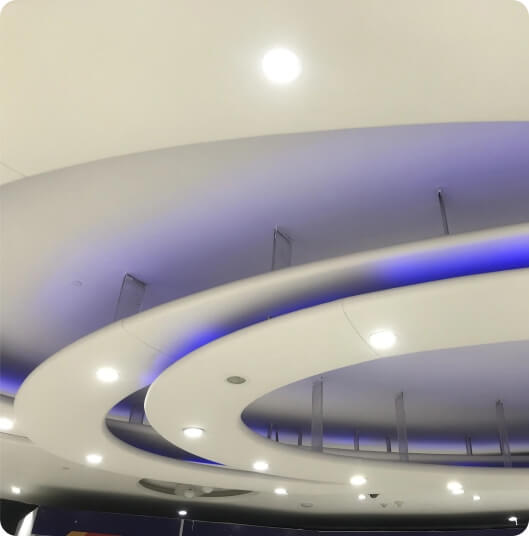
Cove Lighting
A form of indirect illumination, cove lighting is a concealed ceiling light that shines directly upwards from horizontal recessed areas (such as ledges and upper walls).
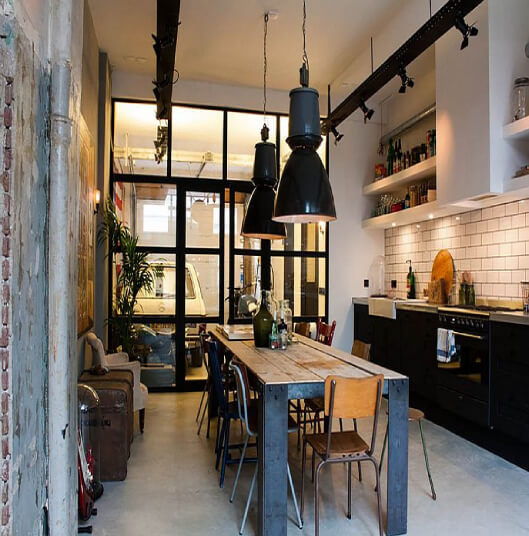
Industrial Lighting
Industrial lighting has exploded in popularity because it offers a dramatic ambiance. A design style that honors the clean, simple appearance of old factories and industrial spaces, today’s industrial lighting fixtures are used in homes and businesses of all sizes and styles.
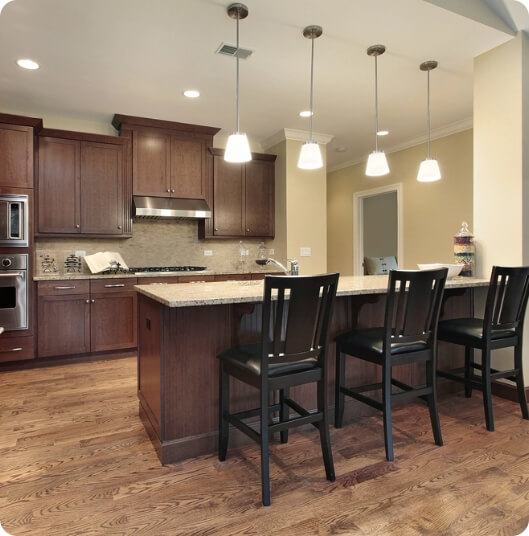
Island Lighting
Generally found in kitchens, island lighting fixtures not only provide essential illumination when preparing meals, they can also create a welcoming space to entertain guests.
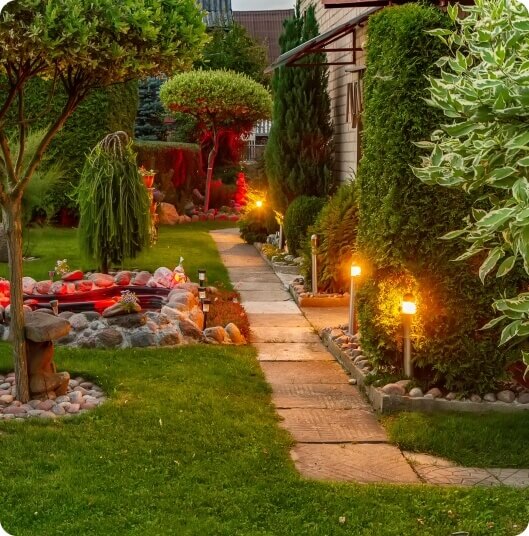
Landscape/Garden Lighting
The lighting in your yard, garden and landscaping is equally as important as the lighting inside your home. Not only can landscape lighting make your property a safer place, it can also be used to highlight or accent a specific feature (such as a fountain, outdoor seating area, etc.)
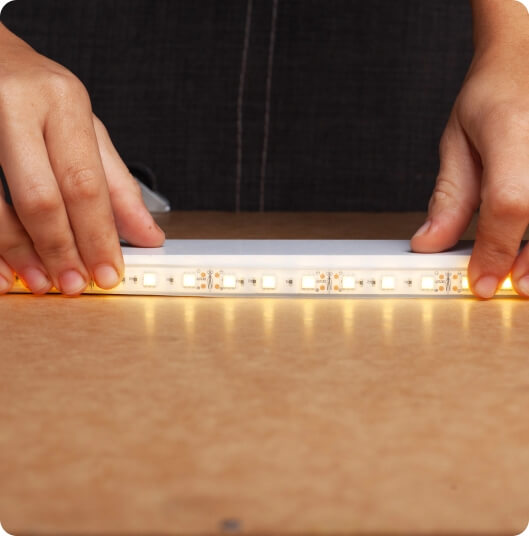
LED Light Strips
LED light strips feature an adhesive backing strip that can be attached virtually anywhere, such as on stair rails, behind televisions, under cabinets, etc. They are an easy and cost-effective way to add flair to any space. Most LED light strips need to be plugged into a wall outlet, although some manufacturers offer battery-operated options. Additionally, the light strips can be connected to synchronize the lighting with a sound system, gaming console, or television
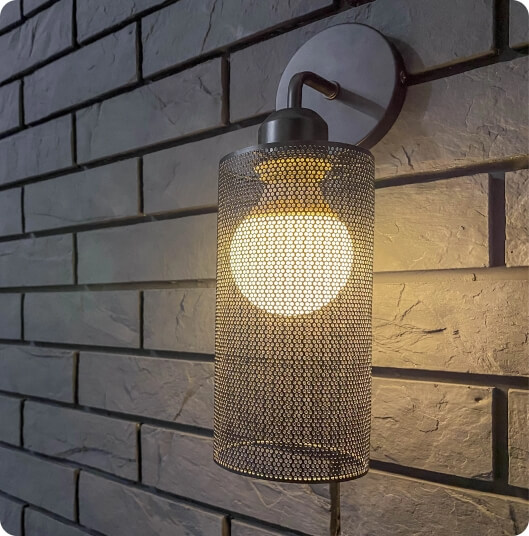
LED Wall Lighting
LED (light emitting diode) lighting has been used for many years, primarily in parking garages to illuminate parking spaces. Today, many homeowners use LED wall lighting to accentuate pieces of art or other treasured possessions.
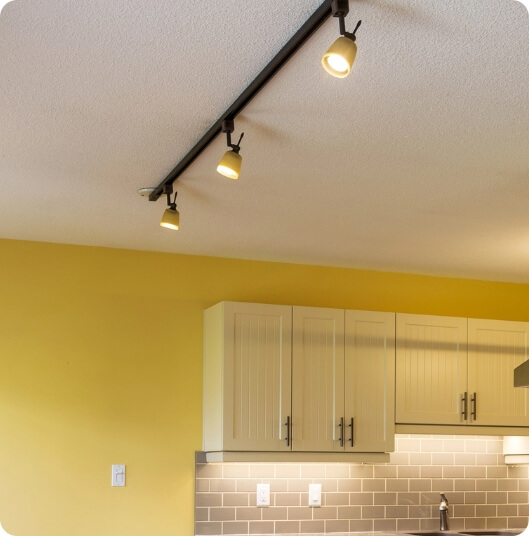
Track Lighting
Track lighting can be installed virtually anywhere in your home. The simple, minimalistic design is a great way to highlight a space that would otherwise seem dingy because the lights can be adjusted to illuminate in any direction(s).
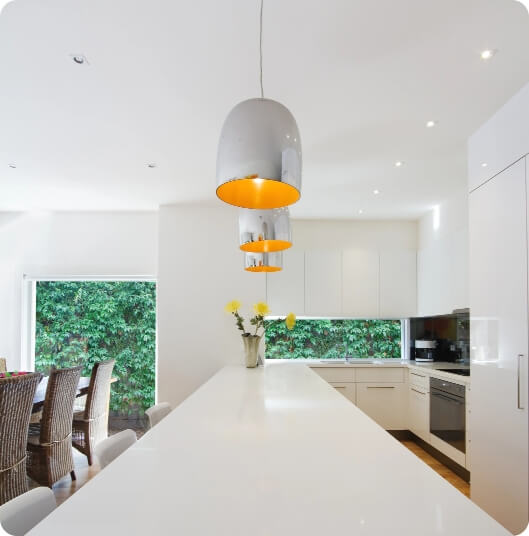
Pendants
Pendants are also called drops or suspenders because they drop from the ceiling on a chain, cord or rod. Unlike a chandelier which features multiple branches, pendant lights typically feature a single light.
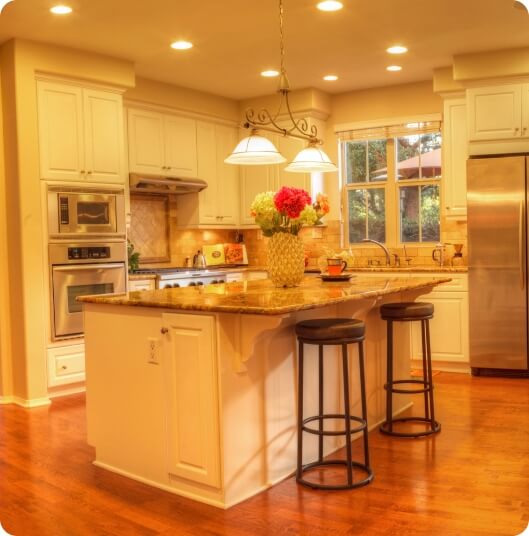
Recessed Lighting
These lights are installed directly into the ceiling they don’t take up much space. In addition, the lights can be positioned strategically to provide optimal illumination.
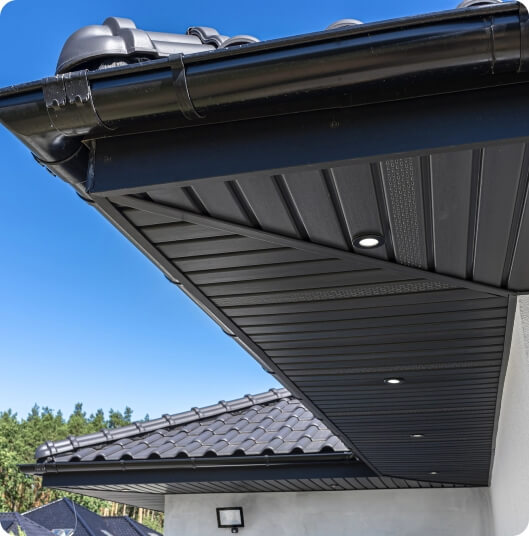
Soffit (Cornice) Lighting
A soffit is defined as the underside of an overhanging structure (such as a roof or a ceiling). Soffit lighting faces downward in order to disperse indirect light towards the floor or the ground.
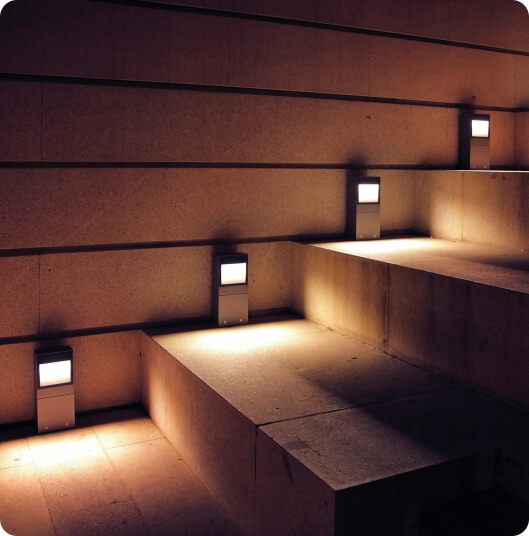
Step Lights
Step lights, commonly located on outdoor decks or porch steps, are gaining popularity within home interiors. Poorly lit steps pose a clear safety risk. However, when correctly installed, these lights not only enhance safety but also contribute to a cozy ambiance.
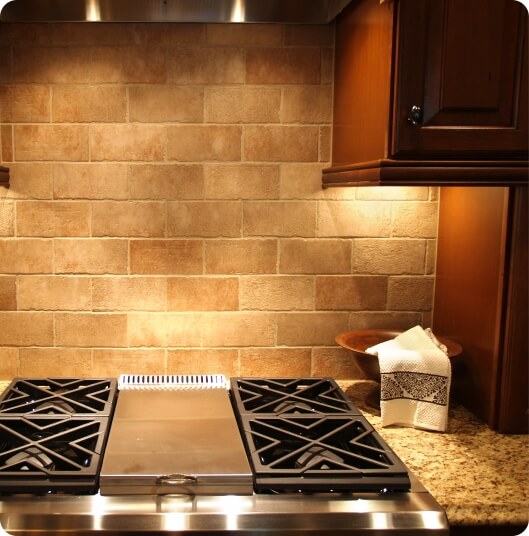
Under Cabinet Lighting
Under cabinet lighting systems are specifically designed to illuminate hard to reach areas. While primarily used in kitchens, under cabinet lighting can be used in virtually any room (such as bedrooms and bathrooms).
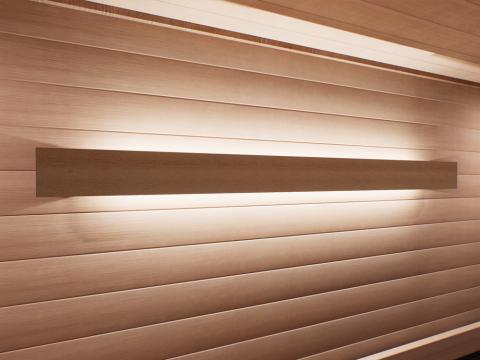
Valance Lighting
Valance lighting is a light source that is shielded by a panel parallel to the wall at the top of a window to provide indirect lighting.
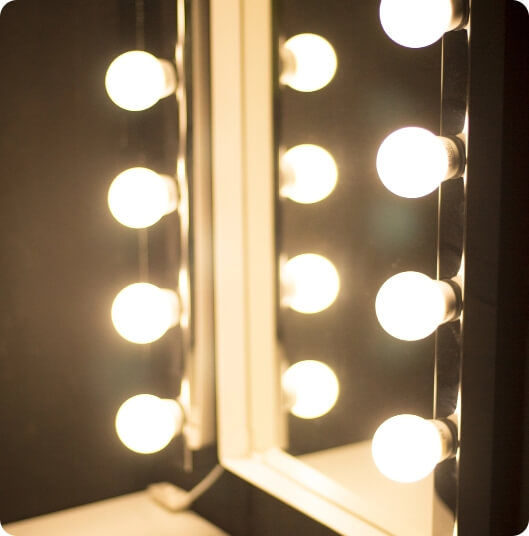
Vanity Lighting
Vanity lights are typically used in bedrooms and bathrooms because they not only serve their basic function, they are available in a wide variety of designs and styles to add flair and personality to any space.
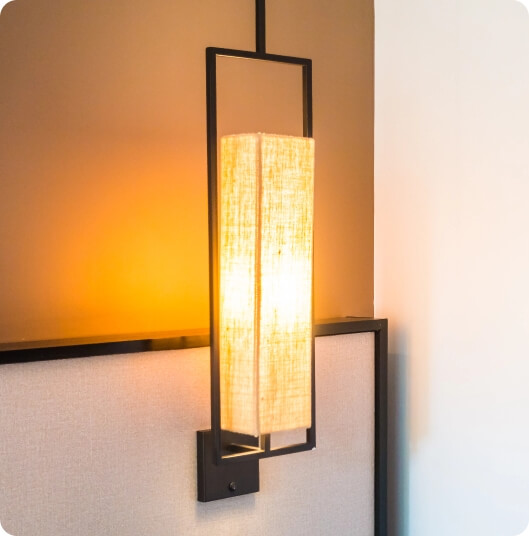
Wall Sconces
A wall sconce is a light fixture that is mounted to a wall in order to illuminate a portion of a space, such as a hallway or exterior wall, rather than an entire room. Because they don’t require ceiling, floor or table space, wall sconces are one of the most versatile lighting options available.
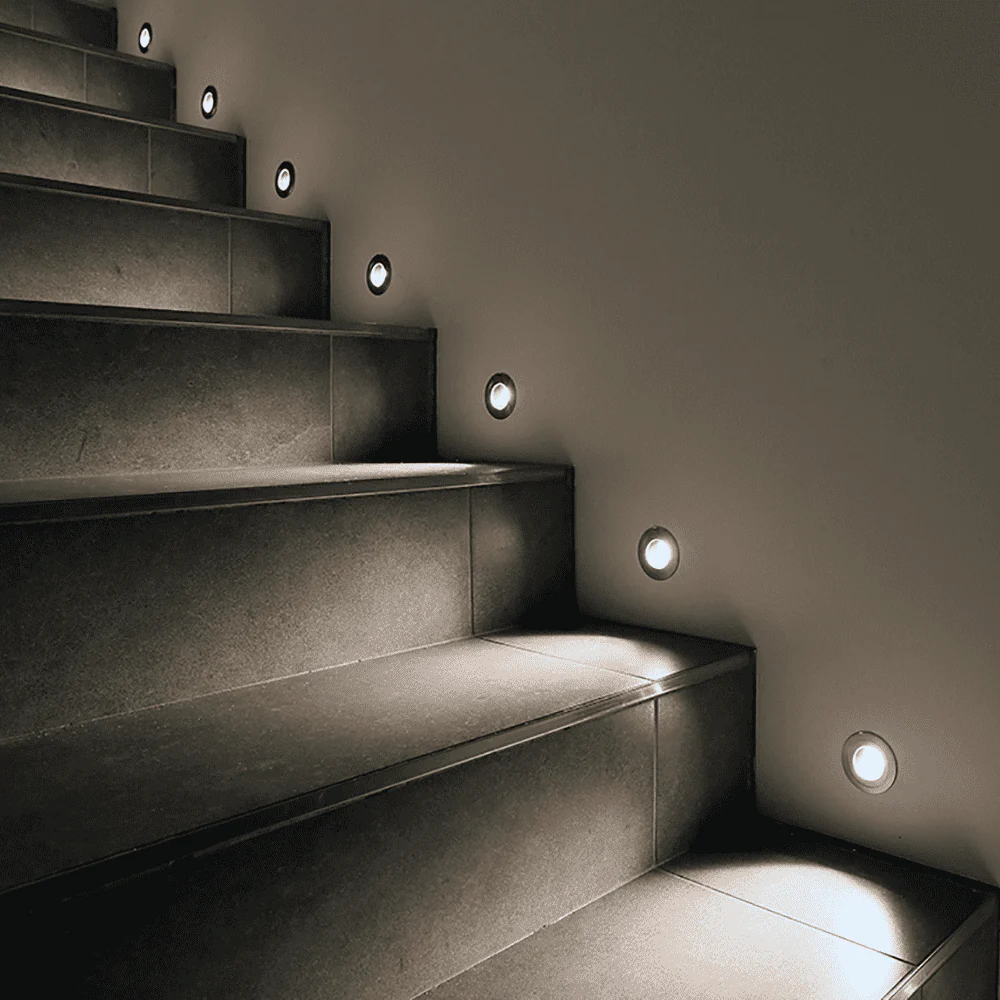
Well Lights
Well lights are an excellent choice if you desire a ground-level lighting solution. These lights are equipped with a grille cover, which serves as an added layer of protection, safeguarding the light from potential damage (for instance, being accidentally run over by a lawnmower) and enhancing their overall durability.
Lighting System Features
Lighting trends come and go and technology is evolving every day. As with any home improvement project it’s important to take the time to understand your options.
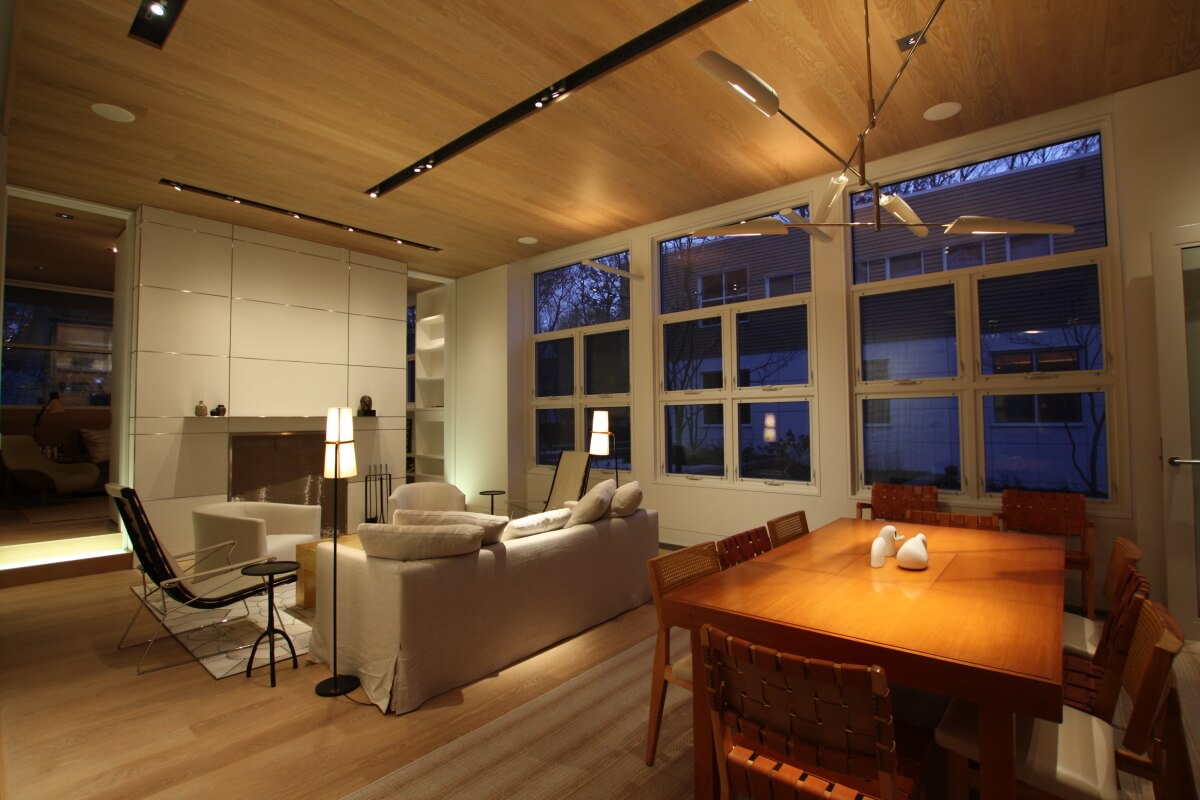
Dimmers
If you are seeking an economical lighting upgrade that can add warmth to a particular space, installing dimmer switches can help conserve energy, extend the life of your lightbulbs and provide you with the ability to adjust the overall “mood” of the room.
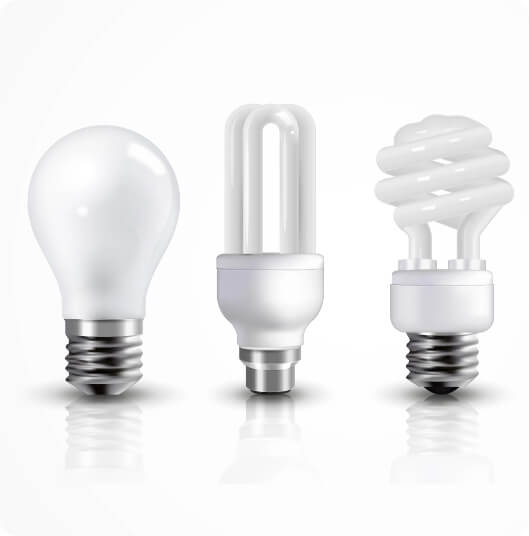
LED Light Bulbs
LED (light emitting diode) light bulbs have surged in popularity because they offer energy efficiency and a long lifespan. While they cost more than incandescent light bulbs, they last much longer.
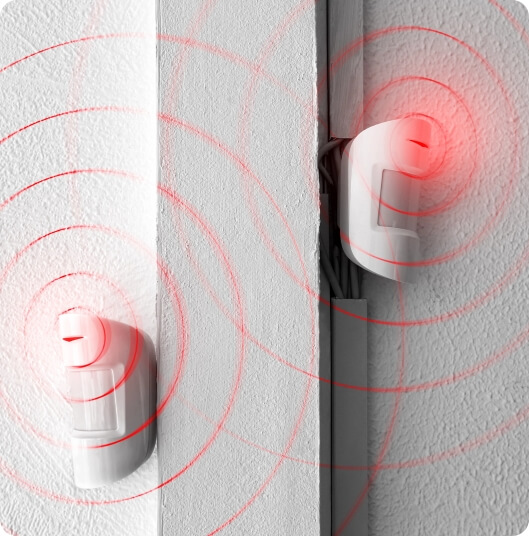
Motion Sensors
Lighting fixtures with built in motion sensors are a great option for anyone not wanting to deal with timers or manual operation. Primarily functional in purpose, motion sensors can be installed virtually anywhere. For example, many elderly or disabled homeowners opt to install motion sensors in specific rooms, such as the bathroom, to prevent injury. Outdoor lighting fixtures with motion sensors can also ward off intruders.
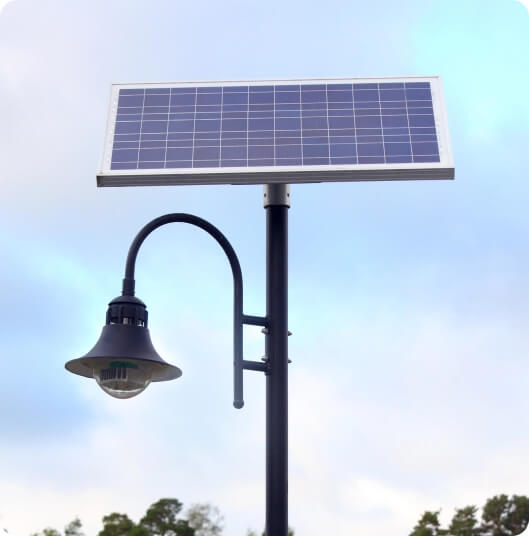
Solar Powered Lighting
Solar lighting is a low maintenance outdoor lighting solution. They don’t require wiring or a connection to a transformer, are weather resistant and can be placed flat on the ground, staked into the ground or hung from or affixed to a structure. Solar lighting is available in many different designs and styles so it’s a fantastic way to add illumination without having to worry about replacing light bulbs.
Lighting System Considerations
Before deciding what lighting options are best for your home, it’s important to consider several things to ensure you get the overall functionality you are looking for. The first questions to consider are:
- Where will the lighting be located (e.g., interior/exterior etc.)
- What function are you looking for the space’s lighting to achieve?
- What type of lighting solutions do you like?
- What type of lighting solutions do you dislike?
Other things to consider:
Age of Home
The age of your home is an important consideration for several reasons. Older homes tend to have limited lighting options and are very often outdated (which can be dangerous). In addition, a home improvement lighting project can drastically improve your home’s overall aesthetics with built-in fixtures, recessed lighting etc.
Energy Consumption
As lighting technology advances, so does energy efficiency. Many homeowners integrate a variety of energy efficient lighting sources into their homes. According to the U.S. Energy Information Administration, the lighting in your home can account for 25% of a home’s energy consumption.
Function
When planning a home improvement project, prioritize the intended function of the lighting for the space you're illuminating. Seek features that efficiently distribute light based on your requirements. Don't overlook lighting—it should be a top consideration. Overlooking lighting might lead to regret later.
Landscape Lighting
Landscape lighting involves strategically placing light fixtures in outdoor areas to enhance aesthetics, functionality, safety, and security during evening hours. It accentuates architectural features, enables safe movement, and increases property value. Various techniques and fixtures, including LED and smart systems, contribute to creating an inviting and visually appealing outdoor environment.
Location
When planning any lighting system design, location is key. Factors such as height, size, shadows, illumination, adequate space etc. are important considerations because they must be functional and not just look good. For example, the brightness (lumens) of your outdoor lighting should be installed strategically in order to prevent light pollution from penetrating your home.
Manufacturer/Brand
While there are a wide variety of smart lighting manufacturers, it’s recommended to select one brand for your smart lighting system and stick with that brand. This way, you’ll know about compatibility and other issues that may impact operation.
Permits/Licensing
Before proceeding with the installation of a lighting system, certain projects may necessitate obtaining a license or permit, particularly when the scope of work involves new wiring or the presence of high voltage.
Power Source
Lighting systems vary in terms of the type of power required to operate, and it’s important to understand each before embarking on installing a new lighting system:
- Low Voltage Lighting Systems: Involves placing stakes in the ground connected to a cable that plugs into a transformer.
- High Voltage Lighting Systems: Typically hardwired, which requires a professional technician to install.
- Solar Lighting Systems: Use the sun’s energy to illuminate at night. Since they don’t require wires or transformers, solar lighting systems are a low maintenance way to add curb appeal.
Safety
Any home with elderly people or people with disabilities must consider the fact that specific areas/rooms in your home should incorporate both function and style. Inadequate lighting can pose a serious safety hazard.
Size of Space
Make sure the lighting fixtures you choose are proportionate to the space of the room and the height of the ceiling (when applicable). For example, most ceiling fixtures are adjustable, but it’s important that it hangs at a proper height where it won’t create a safety hazard (such as where people can hit their heads). The wrong type of lighting in the right space can have a direct impact on the lighting’s performance.
Smart Lighting
Smart lighting has become so popular that we have dedicated an entire section to it. Having said that, it’s important to understand that in order to install a smart lighting system, you’ll need to also use compatible light bulbs, switches and/or plugs.
Depending on the type of smart lighting you use, you may require a bridge that connects it to your router with an ethernet cable. Some manufacturers offer starter packs that come with bulbs, the bridge and a wireless dimmer switch.
Wiring/Hardware
While most lighting systems come with hardware and instructions, you’ll want to hire a professional, like Honey Do Men, to ensure the wiring is properly installed.
SMART TECHNOLOGY LIGHTING SYSTEMS
When technology is referred to as “Smart”, it means it contains an embedded chip that is able to perform a variety of different functions when connected to your home’s smart system platform.
- Amazon Alexa
- Apple Home
- Google Home
- Samsung SmartThings
Smart lighting connects to your smartphone via bluetooth or a hub that is attached to your Wi-Fi router, and can be controlled by an app on your smartphone or voice controlled (or automated if you prefer). Smart light bulbs can be set to a wide range of colors, brightness or temperature (the difference between a cool blueish white and a warm orange hue) via platforms such as:
The following are just a few examples of what a smart lighting system can do for you:
- Program to match your sleep/wake cycle and circadian rhythm (the lights can be programmed to gradually brighten in the morning and dim at night).
- Be configured to respond to voice instructions.
- Turn on interior and/or exterior lighting fixtures when an intruder is detected.
- Turn your lights on/off at a certain time each day.
- Trigger a light fixture to announce when someone rings your smart doorbell.
- Vacation mode (switches the lights on and off in patterns that mimic your average daily schedule).
- Turn the lights a certain color when your favorite show or movie is about to start.
- Utilize your home's Wi-Fi network or connect through Bluetooth, enabling configuration through a smartphone app or voice commands with a virtual assistant.
- Craft tailored lighting "scenes" to suit various occasions, like setting a particular hue for entertaining or customizing room-specific ambiance, such as a purple glow in a home theater.
- Trigger a light fixture to flash when your Uber has arrived.
- Sync lighting to a smart home security system or smart thermostat so when you aren’t home, the lights will automatically turn on and off for reduced energy consumption.
Smart Lighting System Features
Introducing smart lighting features is a great way to start to build a smart home. The products and fixtures can be tailored to your specific taste to give your entire home a customized look.
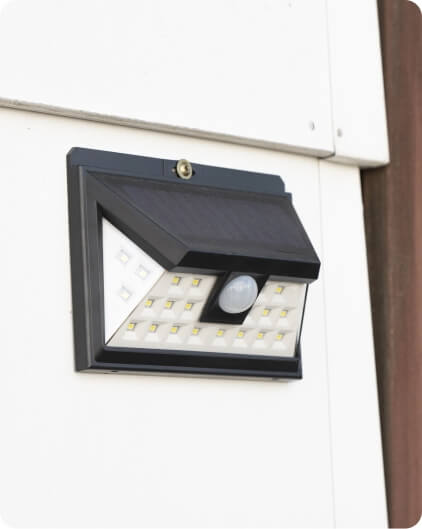
Security
Many smart lighting system manufacturers produce lighting specifically for home security. Features include things such as making it look as if you are home, even when you’re not because the lights can “memorize” your typical lighting patterns and repeat them accordingly when you are away. This can enable you to outsmart intruders.
By simply using your lights normally for one week, the app will automatically program your interior and/or exterior lights. Smart outdoor lighting options also include a security camera that, when triggered by a built-in sensor, will send you an immediate alert which also streams the video to your smartphone.
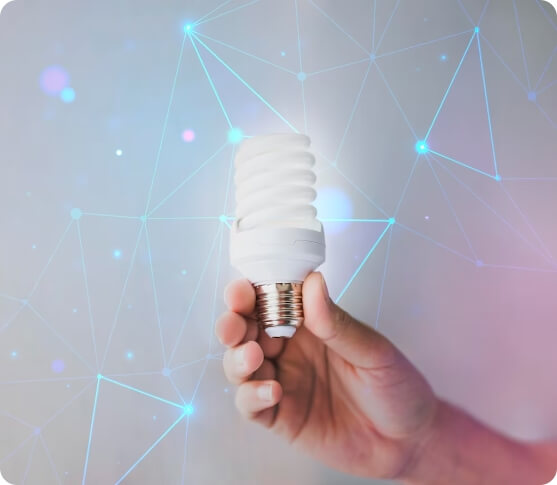
Smart Light Bulbs
There is a wide variety of smart light bulbs available in different sizes, shapes and fittings. The bulbs are powered by the sockets in your lighting fixtures. Some smart light bulbs can connect directly to an app on your smartphone via:
- Bluetooth (which will work only when you are within bluetooth range)
- A Hub (plugged into an Ethernet port on your wi-fi router and can be controlled anywhere in the world, as long as you are connected to a signal)
While they may be more expensive up front, smart light bulbs are said to consume 75% less energy and can last decades longer than traditional incandescent bulbs. Reduced energy usage means lower energy costs. In addition, smart light bulbs can be controlled by a voice assistant platform such as:
- Alexa
- Siri
- Google Assistant
When determining which type of smart light bulb would best fit your needs, the following options are available:
- Dimmable: The brightness can be changed, but the temperature (the range between a cool bluish/white and a warm orange hue).
- Tuneable: The brightness and temperature can be changed.
- Multicolor: Any color temperature or brightness can be created.
Some manufacturers are now producing smart bulbs that can also emit HEV (High Energy Visible) light which kills harmful bacteria on items such as smartphones and is generally considered to be safe for both humans and pets though conflicting opinions on this topic do exist.
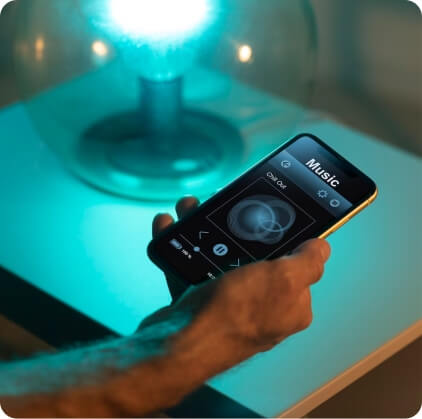
Smart Hues (“Scenes”)
The combination of a smart lighting system and smart light bulbs will enable you to easily preprogram different lighting ‘scenes'. With millions of colors (hues) to choose from (some smart bulbs can create over 16 million different hues!), you can easily adjust the mood level ranging from individual spaces to your entire home.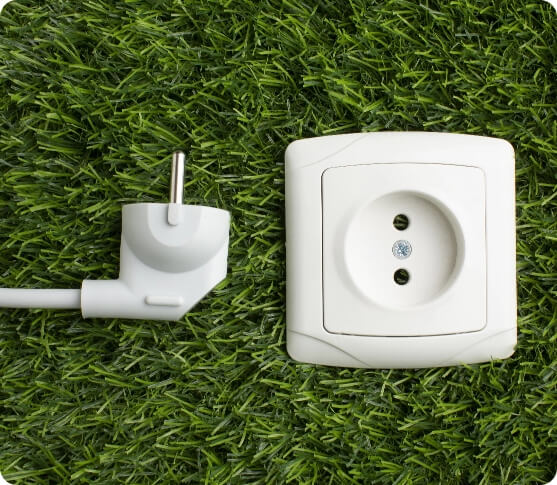
Smart Plugs
The quintessential simple form of all smart technology, smart plugs can transform lighting into smart technology by simply plugging into a wall outlet. The light fixture is then plugged into the smart plug and can be used anywhere in your home.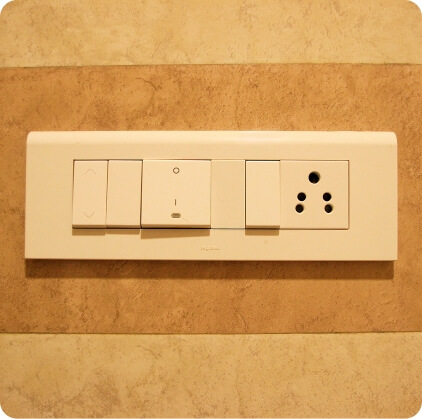
Smart Switches
Those who don’t want to use smart light bulbs and want to continue using standard incandescent light bulbs* often opt to install a smart switch. Due to the fact they operate via a home’s Wi-Fi, lighting is able to be controlled, programmed and automated.Some smart switches can sense if you are home or not and can automatically turn off the lighting fixtures when you are not home. Because smart switches can control much more than light bulbs, items such as ceiling fans, televisions and other electronic devices can be controlled and programmed to turn on or off. It’s important to keep in mind that smart switches must be connected to your wall’s wiring so professional installation is vital.
*Incandescent light bulbs will soon be a thing of the past. Manufacturers will no longer be producing them, to be replaced with LED smart light bulbs which last much longer and are more energy efficient.
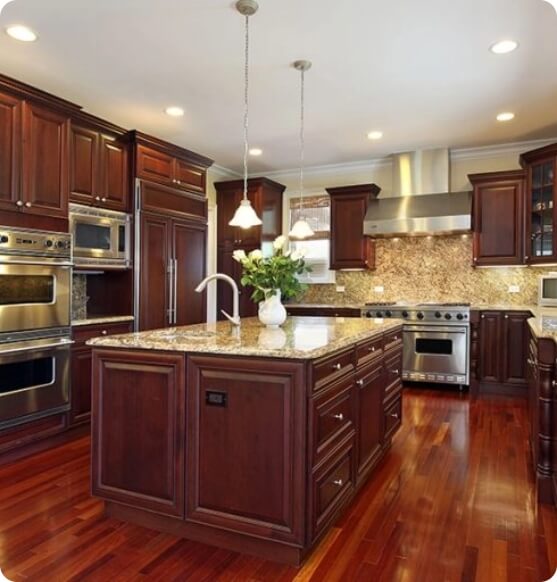
Why Choose Honey Do Men?
Starting and completing a home improvement project can be a very stressful experience. The initial step involves conducting an honest assessment to determine the specific measures you can undertake to transform your house into the home of your dreams. The initial evaluation will include a walk-through inspection to identify the most effective approaches and viable options. Honey Do Men is a fully licensed and insured home remodeling company dedicated to providing our customers with professional lighting installation and repair services for both commercial and residential properties. As an industry leader, our licensed and professionally trained experts can tackle any job with professionalism, integrity and loyalty.TESTIMONIALWhat Our Customers Say About Us
Common Lighting Questions
To make your home lighting more energy-efficient, consider the following tips:
- Use LED Bulbs: Replace incandescent and CFL bulbs with LED bulbs, which use less energy and last significantly longer.
- Install Dimmers: Use dimmer switches to adjust the brightness of lights according to your needs, saving energy when full brightness is not required.
- Utilize Natural Light: Maximize the use of natural light by opening curtains and blinds during the day. Consider skylights or light tubes for more natural illumination.
- Motion Sensors and Timers: Install motion sensors and timers in areas like hallways, bathrooms, and outdoor spaces to ensure lights are only on when needed.
- Energy-Efficient Fixtures: Choose light fixtures that are designed to be energy-efficient and work well with LED bulbs.
- Turn Off Lights: Make it a habit to turn off lights when leaving a room. Smart lighting systems can automate this process based on occupancy.
To Schedule A Complimentary Consultation With One Of Our Specialists
Give us a call today.
Contact us
